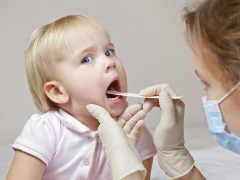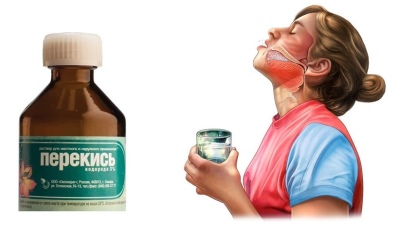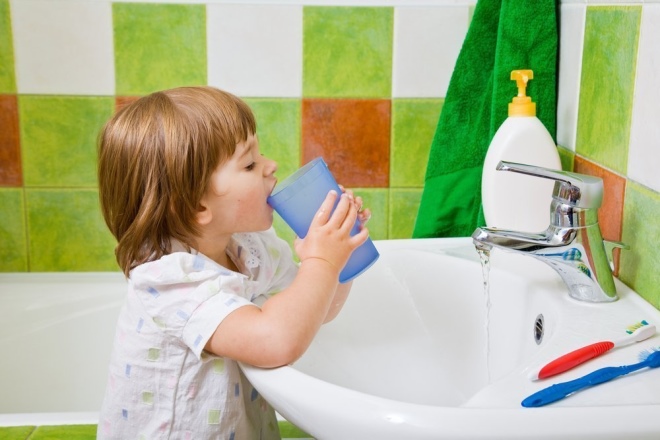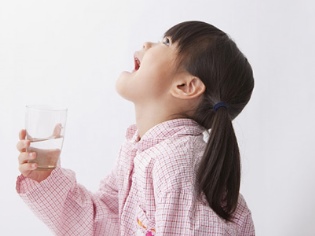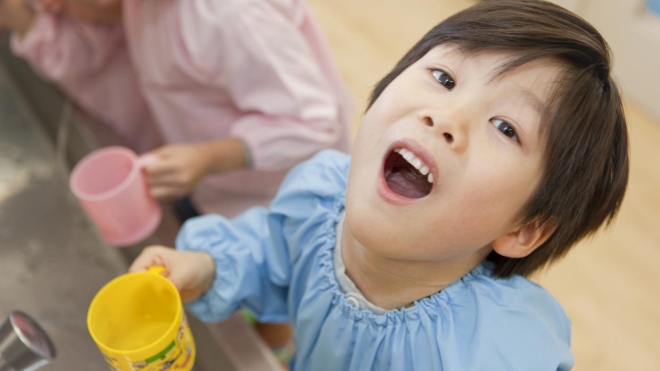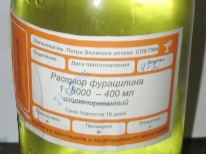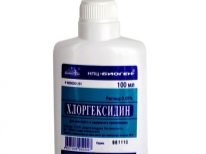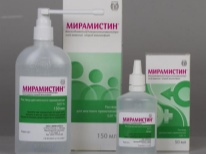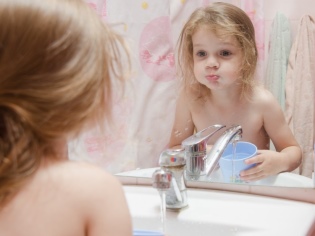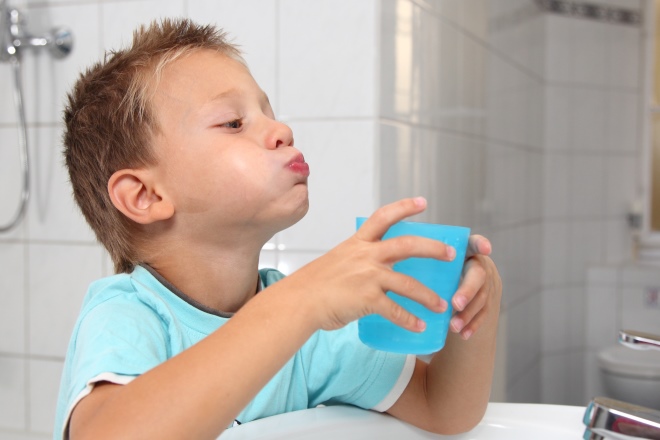How to teach a child to gargle?
Quite often, parents have to gargle a child. However, none of the children from birth can do this. Rinse should learn. You will learn how to teach a child to gargle yourself by reading this article.
Why do you need it?
Gargling is a painless, simple procedure. It is one of the most common in the treatment of a variety of respiratory diseases in the home. If a child has acute respiratory viral infections, the flu is complicated by inflammation of the larynx, rinsing is not only a means of treatment, but also a means of preventing the occurrence of complications. It frees mucous membranes from pus, accumulations of pathogens and viruses, and also saturates them with moisture, preventing drying.
For bacterial infections (for example, microbial-induced sore throat), rinsing is an auxiliary procedure in the general treatment regimen. It does not significantly affect the speed of recovery, but it has a favorable local effect, as a result of which the pain in the toddler decreases.
Treat the throat with salt and medicinal solutions at painful sensations in the throat, when itching, during hoarseness or complete loss of voice, during inflammatory processes in the larynx.
When coughing, these manipulations are ineffective, another approach is used for treatment, which the doctor plans after finding out the exact cause of the pathological activation of the cough reflex.
Procedure technique
Properly performed procedure should look like this:
- The child stands up straight, upright, straightens shoulders and takes a sip of solution.
- The head is thrown back, and the tongue is shifted as far forward as possible so that the solution reaches the point of inflammation as deeply as possible.
- Holding fluid in the larynx, the child actuates the vocal cords. A vibration is created, after which the solution should be spit out and take a sip of a new portion.
Popular Solutions
For pain in the throat when swallowing, for pain associated with a viral infection, for salt fever, salt rinsing is very helpful. For pharyngitis, sore throat, various laryngitis and some other diseases, it is better to choose antiseptic solutions, which can be used independently or in combination with rinsing with a solution of salt.
The salt solution for a sore throat is easy to prepare: take half a teaspoon of salt in a glass of warm boiled water. Iodine drops should not be added to the resulting liquid, as numerous Internet healers and grandmothers are advised to do, since iodine can cause mucosal burns. It is also worth noting that during the inflammatory process iodine from the solution is actively absorbed by the mucous membrane, which can lead to an overdose of this substance.
Popular antiseptic solutions - furatsilina solution, "Miramistin". "Chlorhexidine" (which is good for adults, children; it should be diluted in a 1: 2 ratio). You should not rinse a child's sore throat with alcohol tinctures, because alcohol dries the mucous membranes in addition, which increases the risk of complications of the underlying disease. All alcohol preparations should be discarded.
Medicinal herbs for the preparation of decoctions for rinsing can be used, but only on the condition that the child is not allergic to them, and redness of the throat is not associated with allergic reactions to something else.Honey rinses also have a certain antiseptic effect, but they can only be used by children from 3 years old (in the absence of allergy to bee products).
You should not really hope for rinsing, as they are just an auxiliary procedure. Not so important than rinsing, if only this solution does not harm the child.
How to teach?
To teach the child to rinse should be at that age when he is able to understand what is being explained to him, and much will have to be explained. First, it is impossible to swallow the solution, and secondly, the “gurgling” procedure is not just fun, but also very useful. Much depends on the individual development of the child, but usually the efforts of the parents in teaching rinsing are crowned with success if the child is already 2-3 years old.
It is necessary to start training not when the throat has ached and the temperature has risen, but in advance, when the baby feels good, does not get sick with anything. For classes, you can use ordinary boiled water at room temperature. It is best to conduct a lesson in a playful way, because all children are amused by the sounds that occur when gargling.
It will be good if parents demonstrate a funny procedure. The kid should not be forced to repeat if he does not want to, but the likelihood that he will want to try is high - if the parents correctly prepare everything.
The big parental mistake is that they immediately form the wrong attitude to rinsing the child - the baby starts to perceive it only as a medical procedure, and none of the toddlers do not like to be treated. It is best to play with a child: who whistles a louder song or tells poetry with water in his mouth. When he stops being afraid, mastered, learns, this skill will not disappear anywhere, and in the case of illness it will be again possible just to offer the crumbs to play (but with the treatment solution), and not to drag him through force.
Few rules
There are a few rules that will make your home rinses most beneficial for your baby:
- When the solution is already in the mouth, It is best to say a drawling “Y”, so the root of the tongue will be less disturbing.
- One approach in rinsing - it's about 30 seconds. This is the time the child should gurgle with one sip of the solution.
- Rinsing begins with less silent and slow vibratory movements. The volume and intensity of rinsing should increase gradually, this will prevent additional traumatic effects on the mucous membranes with strong (purulent) inflammation.
- For prophylactic gargling you should not use solutions, Normal warm boiled water is quite enough.
Learn more about how to teach a child to gargle, you will learn from the following video.
